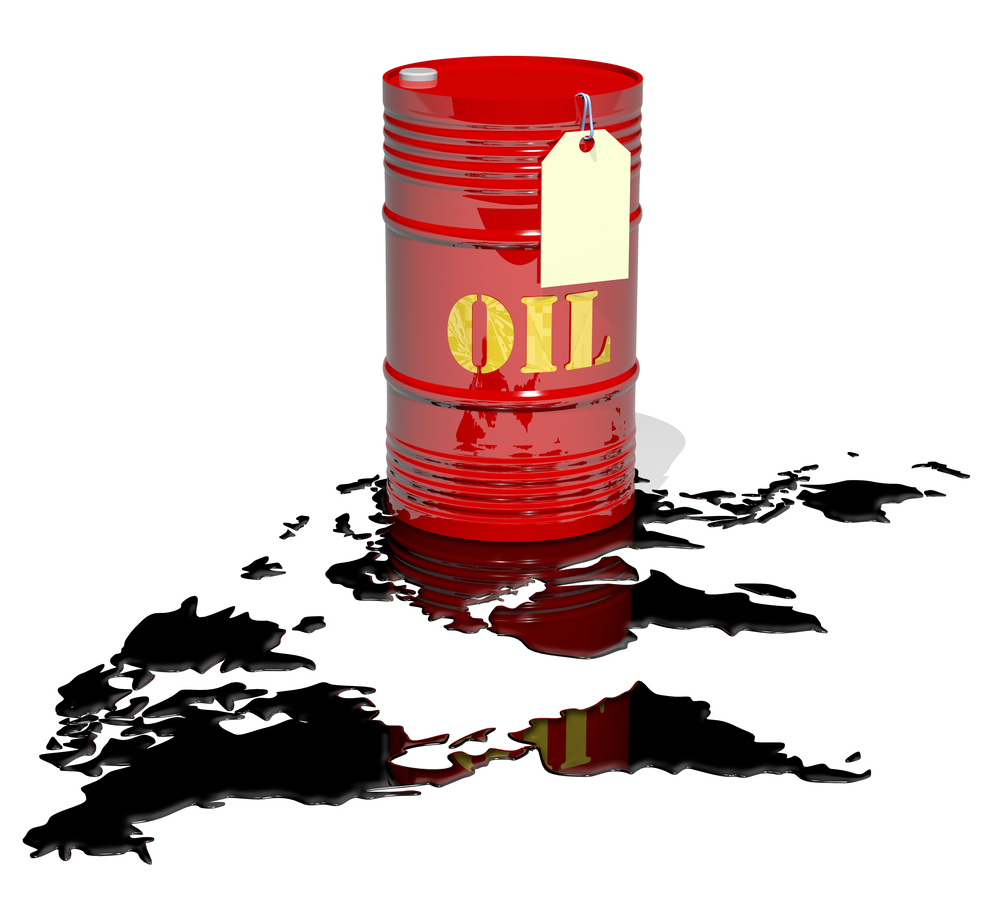A year ago today the Bank of China shocked global markets by devaluing their currency and helped set up the environment for an oil market crash. The market had already been blindsided by the Greece vote to leave the EU before it said it voted to stay and then the announcement of the path to lifting sanctions on Iran. While the oil market looks weak due to seasonal factors and high inventories, do we have the same situation a year later that can set up an oil market crash? I think not.
We know that the UK vote to leave the EU seemed like Déjà vu. Is this Greece all over again? After Greece, we saw signs that economic activity had slowed and uncertainty pushed the recovering Euro zone back into a recession. We saw a drop in oil demand. So at the peak of demand, coinciding with the vote and near record inventories, we saw the market fall. Sound familiar? After the UK vote we saw signs of worry and record inventories. Yet it seems that so far the drop in economic activity post Brexit may not be as bad as a year ago. So while we recently oil dipped into bear market territory, it was brief before mounting a rally. We see this as a sign that prices will not collapse. Also data from the major reporting agencies suggest that it is unlikely that prices will crash.
The trade had a lot of data to digest and it all has some bearing on the answering of the question as the whether we are going to see a massive sell off like last year. The International Energy Agency (IEA), in their widely watch oil market report, is still saying that the global oil markets are on their way to getting in balance but the road to balance is still rocky. The IEA said that global oil demand growth is expected to slow from 1.4 mb/d in 2016 to 1.2 mb/d in 2017, as underlying support from low oil prices wanes. The 2017 forecast, though still above-trend, is 0.1 mb/d below IEA previous expectations due to a dimmer macro-economic outlook. The 2016 outlook is unchanged from last month’s.
So demand is a little weaker but what is the outlook for supply? The IEA said that global oil supply rose by about 0.8 mb/d in July, as both OPEC and non-OPEC production increased. But global refinery output in the third quarter is expected to rise by 2.2 mb/d from a weak second quarter to a record 80.6 mb/d. At only 0.6 mb/d above a year earlier, third quarter runs will lag expected demand growth, eroding some of the product stock cushion built up since mid-2015. Runs are forecast to decline seasonally to below 80 mb/d in the fourth quarter of 2016. Commercial stocks swelled by 5.7m barrels to a record 3.09bn barrels. Declines in crude oil stocks were offset by a products build of 15.9m barrels, which is more than four times the seasonal average.
In summary the IEA said there would be no gain without some pain and product draws will increase refiners demand for crude oil and help pave the way to a sustained tightening of the crude oil balance. This outlook from the IEA does not suggest that we should see a major drop in prices. Global oil markets will re-balance this year as we see record demand from refiners. This will lower crude stocks and if we see the demand growth, they anticipate it will easily absorb higher output from OPEC. They are calling for record OPEC production. Their August report was bullish on oil demand and that also would suggest that instead of a price crash, we should be looking for a bottom. OPEC predicts that oil demand will grow by a robust 1.22 million barrels a day from a year ago. That is a 30,000 barrels a day increase from last month report. They report that global oil will be at 94.26 million barrels of oil per day. They are calling for a record 95.41 million barrels per day next year.
In the short term, in the summer doldrums we saw reaction to yesterday’s EIA weekly report. Oil prices spiked interday on the fact that U.S. production dipped slightly but overall supply increased. We saw big builds in the Gulf Coast that in part may have sped up due to Hurricane Earl. We saw a big drop in supply in the West Coast. With light volume the negative mood for oil can change quickly or maybe not.
As long as oil holds $40.00 we should be at the bottom. The failure to follow through on bear market closes suggest we are near the low. If this is a retest that fails, we should start creeping higher. While many are fearing a price crash like a year ago, we do not fear that. Unless see another surprise like last year’s Chinese’s currency devaluation. Or some other black swan event.
Make sure you are getting the Power to Prosper! Tune to the Fox Business Network where you can see me every day. Also make sure you are up to date on the latest trades! Email me at pflynn@pricegroup.com to open your account




